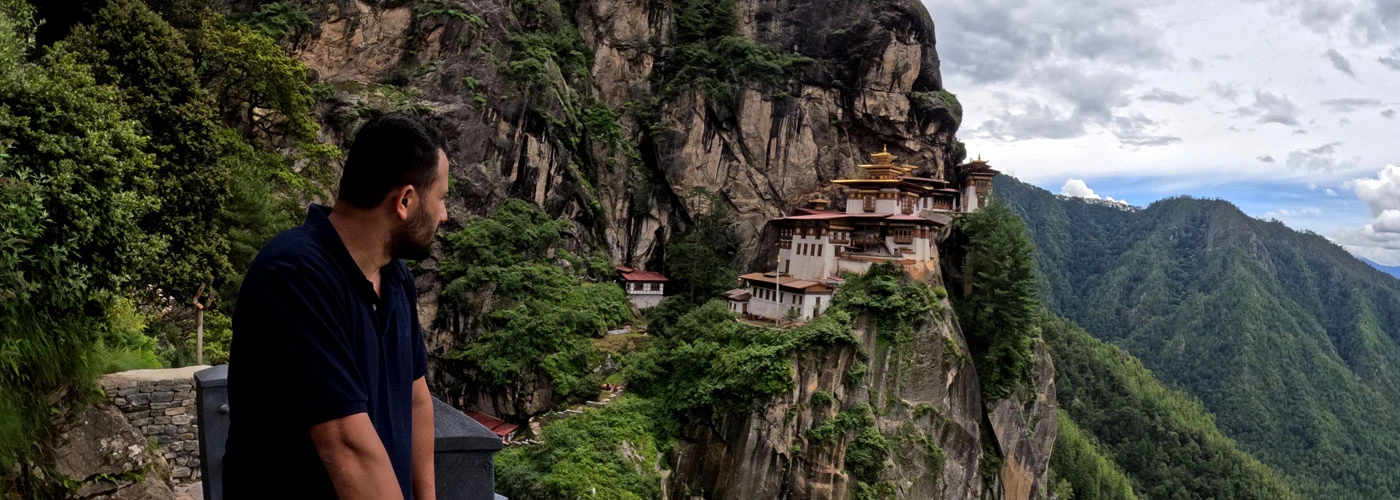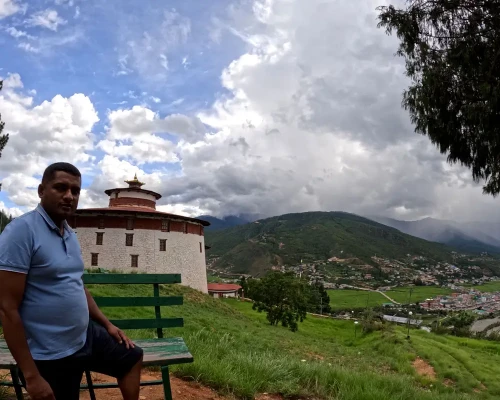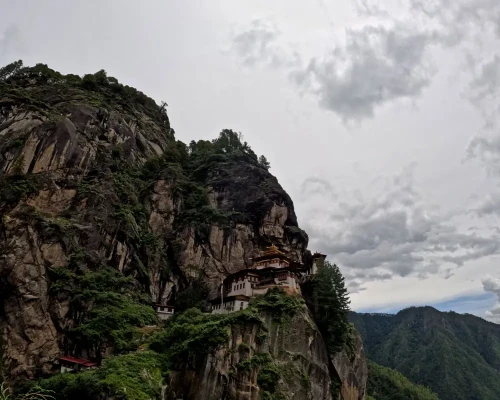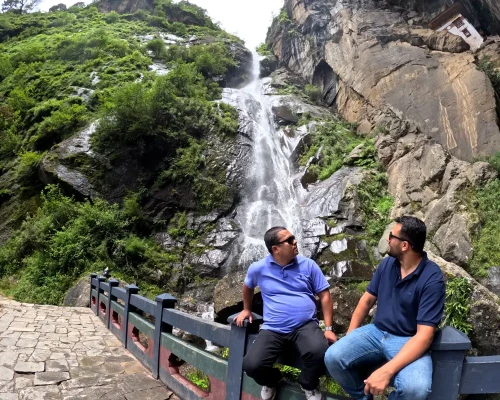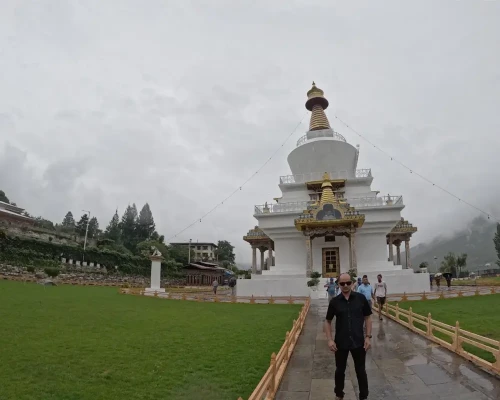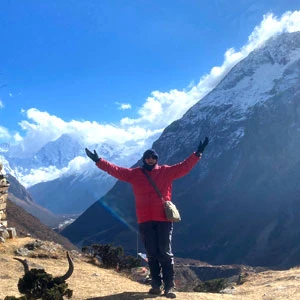Four Days Bhutan Tour Overview
Bhutan, officially known as Druk Yul, means the “Land of the Thunder Dragons.” This name is derived from the fierce storms that roll in from the Himalayas and the thunder-like sound they produce, which is believed to be the roar of dragons.
Nestled in the eastern Himalayas between India and China, Bhutan is a kingdom with ancient traditions, spirituality, and natural beauty that remains untouched. Known globally for its philosophy of Gross National Happiness, Bhutan places well-being over material wealth.
Here, this 4-day tour offers a perfect introduction to Bhutan’s rich cultural tapestry and scenic splendor. From majestic fortresses and colorful temples to lush valleys and snow-capped peaks, every turn offers something magical. You will be surrounded by breathtaking Himalayan landscapes, quaint villages, fluttering prayer flags, and sacred monasteries.
Scenic And Cultural Highlights
Your tour journey begins in Paro, a peaceful valley town home to Bhutan’s only international airport. Here, you will explore local markets, visit a traditional farmhouse, and hike to one of the country’s most iconic landmarks, Tiger’s Nest Monastery (Taktsang).
Perched at an elevation of over 3,000 meters, you can reach this sacred site via a rewarding trek that winds through pine forests. At the entrance, you will find a water-powered prayer wheel here. The final approach to the monastery involves rickety wooden bridges and steep stone stairways
Tiger’s Nest Monastery (Taktsang) stands as one of Bhutan’s most awe-inspiring spiritual icons, a sacred Vajrayana Buddhist site in the cliffside of the upper Paro Valley.
Suspended at an altitude of 3,120 meters (10,240 feet) and perched about 900 meters above the valley floor, this architectural marvel seems almost impossibly balanced on a vertical rock face. Located just 10 kilometers north of Paro, Taktsang is one of the thirteen legendary “Tiger’s Nest” caves found throughout historical Tibet.
According to local legend, Guru Padmasambhava flew to this site on the back of a tigress, and meditated in the caves for three years, three months, three weeks, three days, and three hours. In his honor, the monastery was built around the sacred cave, and his legacy is celebrated every Spring during the Paro Tsechu, a vibrant religious festival held in March or April.
Inside, the monastery reveals a complex of four main temples and residential quarters. The structures adapt seamlessly to the rock ledges and natural caves, with interconnected passageways carved directly into the mountain.
From Paro, you will drive approximately two hours to Thimphu, Bhutan’s charming capital and cultural hub. Despite being a capital city, Thimphu retains a laid-back, village-like atmosphere with no traffic lights, traditional architecture, and a peaceful rhythm of life.
In Thimphu, you will visit a variety of culturally significant sites such as the Memorial Chorten, Tashichho Dzong, Zilukha Nunnery, and the School of Arts & Crafts, where young Bhutanese learn 13 traditional arts. You will also explore the Textile Museum, Indigenous Hospital, and perhaps even catch a glimpse of the Takin, Bhutan’s national animal.
Moving on, during this tour, you will be surrounded by the breathtaking backdrop of the eastern Himalayas. On clear days, you will witness several majestic peaks, especially during your flight into Paro, the hike to Tiger’s Nest Monastery, and the drive through Paro and Thimphu valleys.
One of the most prominent peaks you are likely to see is Mount Jomolhari (7,326 meters / 24,035 feet), often referred to as the “Bride of Kangchenjunga.” This sacred mountain straddles the border between Bhutan and Tibet and is frequently visible from the Paro Valley and along the trail to Taktsang Monastery.
Nearby, you may also catch sight of Mount Jichu Drake (6,989 meters / 22,933 feet), a striking snow-covered peak revered as the guardian deity of Paro. Depending on weather conditions during your inbound flight, you might also see distant Himalayan giants such as Mount Kanchenjunga (8,586 meters / 28,169 feet) and even Mount Everest (8,848 meters / 29,029 feet) on the northern horizon.
Throughout the tour, you will immerse yourself in Bhutan’s unique heritage, witnessing prayer ceremonies, admiring intricate thangka paintings, and interacting with locals whose warmth and hospitality will leave a lasting impression. This compact yet immersive itinerary brings together the best of Bhutan: spiritual discovery, stunning nature, and deep cultural insight, all within just four unforgettable days.
